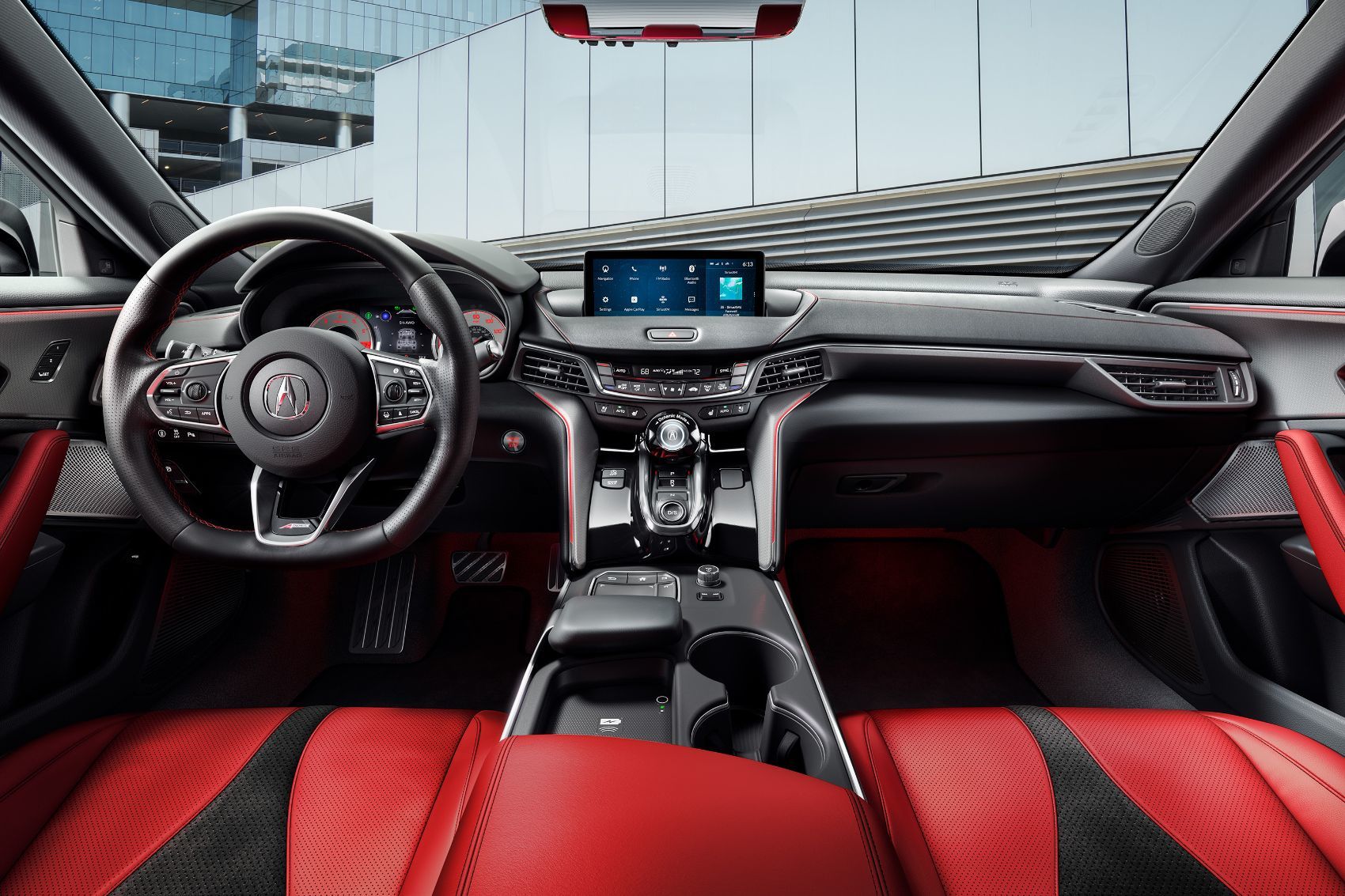In 1990, Acura pioneered the world’s first vertically deploying passenger front airbag. The unique design, later broadly adopted by the industry, reduced the likelihood of injury from an airbag deploying directly at the occupant. That same year, Acura committed to installing driver and front passenger airbags for their entire lineup, which came to fruition with the 1994 Integra.
While I don’t like to admit this, I sometimes take things like seat belts, airbags, and crumple zones for granted. These days, I spend so much time on ADAS and autonomy that I overlook the value of a robust passive safety system. Passive safety innovations came before the ADAS technology we have now, and they are responsible for saving countless lives.
No matter how advanced our ADAS systems become, passive safety will remain an integral part of automotive design well into the future. We often talk about the importance of sensor fusion, but it might be worth our time to include a similar point on “safety fusion.” That is to say; active safety systems need their passive counterparts.
The Marriage of Active & Passive Safety
Acura’s “Safety Through Innovation” is an excellent example of this. On the one hand, Acura is increasing the capabilities of AcuraWatch, the brand’s package of ADAS features. On the other, they are still investing in passive safety devices that protect occupants against traumatic and sometimes fatal injuries. This idea of “safety fusion,” or the marriage between active and passive safety, is best demonstrated by the 2021 Acura TLX.
In terms of active safety features, the 2021 TLX is standard with AcuraWatch, as mentioned above. The package includes an enhanced collision mitigation braking system, driver awareness monitor, and traffic jam assist, a first for the TLX. With an expected rise in traffic as stay-at-home orders are eased, there will be plenty of uses cases for the upgraded AcuraWatch system when the 2021 TLX hits the market this fall.
On the passive side, Acura is debuting a passenger front airbag, co-developed with Autoliv, in the 2021 TLX that addresses the concern of severe brain trauma commonly associated with angled frontal collisions. The Massachusetts Law Enforcement Crash Report E-Manual classifies an angled collision as when the front of one vehicle impacts the side of another. Data from the National Safety Council shows angular collisions are among the most deadly.

Like a “Catcher’s Mitt”
Inspiration for the design came from the Development of Brain Injury Criteria (BrIC) study in 2013. That initiative, led by scientists at the U.S. Department of Transportation, later become the BrIC methodology of measuring brain injuries in vehicle collisions. Near the beginning of that study, the authors note that fatalities from head injuries are second only to deaths as a result of injuries to the thoracic region. (Based on the National Automotive Sampling System – Crashworthiness Data System (NASS-CDS) analyses of tow-away crashes, Eigen and Martin, 2005).
Acura likens the new airbag to a catcher’s mitt, which utilizes an uninflated panel versus the single inflatable chamber of traditional airbag systems. This uninflated panel “catches” and decelerates the occupant’s head, yet guides it toward two additional inflated chambers that eventually cradle the head, neck, and face. In total, Acura’s new airbag features three inflated compartments with a central chamber and two outward-projecting side chambers. The combination creates a wide base across the dash, while the uninflated “sail panel” stretches between the two side chambers.
“This new Acura TLX is the latest example of our safety engineering team in Ohio pursuing important innovations to advance toward our goal of a safer and, ultimately, collision-free society,” said Jim Keller, President of Honda R&D Americas, LLC. “I’m very proud of how our engineers analyzed new brain injury research and then took action to achieve one of the most substantial advances in airbag design in decades.”

Essential Foundations
The catcher’s mitt airbag and the AcuraWatch package are supported by something called Advanced Compatibility Engineering, or more commonly known as ACE. The ACE structure, designed by American Honda, is one of the most definitive passive safety structures of the modern automotive era. The first recipient of ACE was the 2005 RL sedan, and 15 years later, the body structure receives an overhaul for the 2021 TLX. Acura says the revisions will provide additional occupant protection and account for a broader range of possible collisions.
ACE employs a network of interconnected structural elements to absorb and distribute frontal crash energy away from the passenger compartment. Unique to the 2021 TLX is the high-strength steel center tunnel, which acts as a passageway for crash energy. Instead of intruding into the cabin, crash energy is diverted through the TLX’s center tunnel. Rear crash impacts are directed and dispersed similarly.
ACE also helps minimize the often unpredictable damage done during a collision with a vehicle of another size (also known as under-ride or over-ride situations).

“The Hands of the Engineers . . .”
Acura conducts a myriad of research, development, and testing at its advanced safety research center of Honda R&D Americas, LLC, in Raymond, Ohio. The facility serves as a hub for Acura’s crash simulations, collision testing, restraint system tuning, and pedestrian safety initiatives. The 2021 TLX is the latest recipient of Acura’s diligence on the safety front.
Acura’s TLX is a beautiful sports car. That is why I like it. However, I love it for what it represents in terms of building a complete, robust, and functional safety system where equal attention is given to active and passive safety. That is why I ultimately admire the car (and the engineers who designed it!).
Near the end of the video above, Eric Heitkamp, Principal Crashworthiness Engineer for Acura, says he hopes people never see the safety technology they put into the car. But if something unforeseen happens, the engineers will be there.
“it’s almost like the hands of the engineers are embracing those people during that crash,” Heitkamp said. “That is how I think about our restraining development.”


